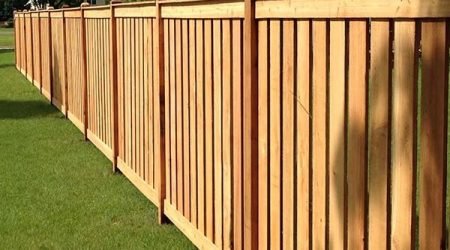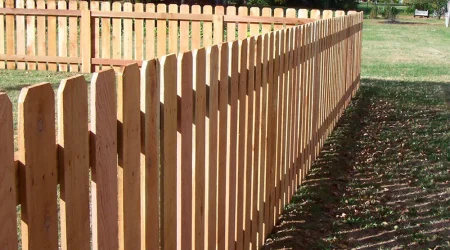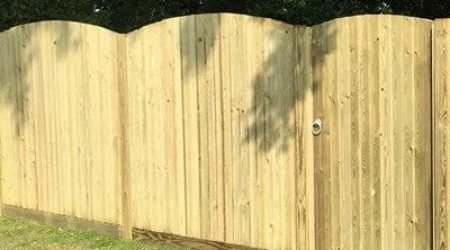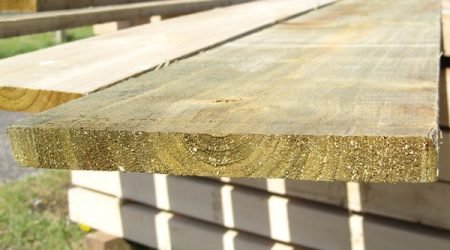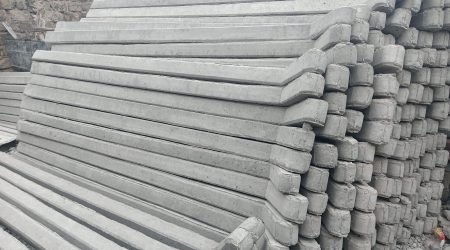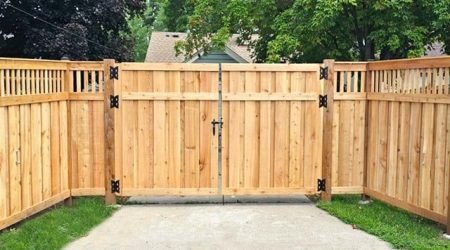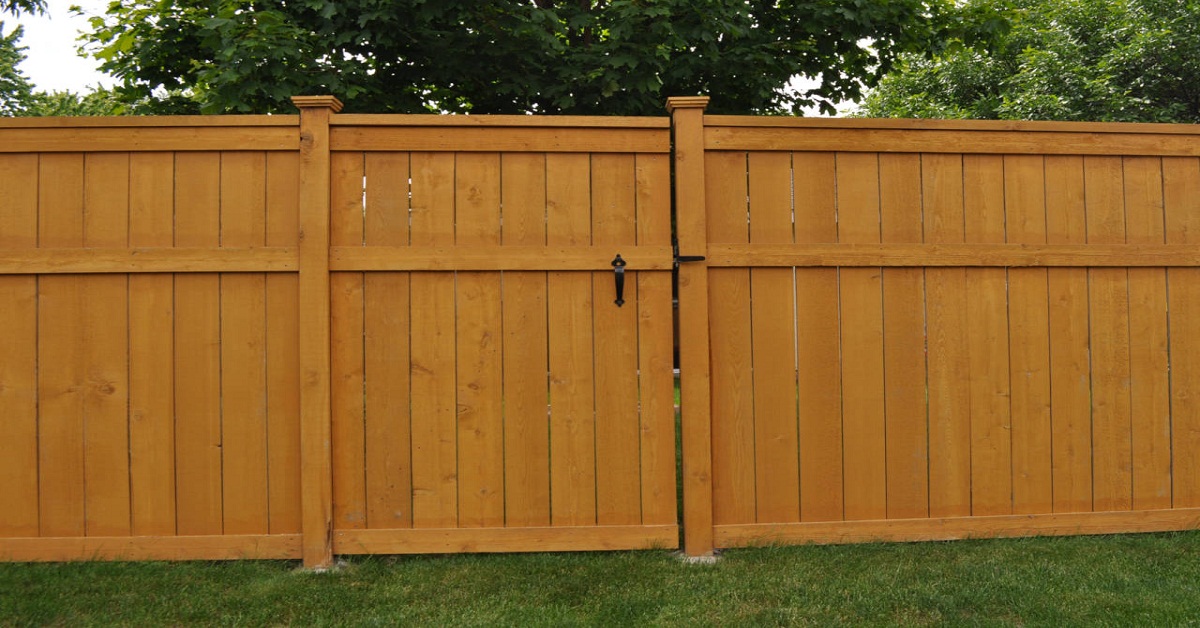Garden gates and fences add security and privacy and also contribute significantly to its aesthetics. Choosing the right combination of gate and fence enhances the overall look of your garden while fulfilling functional needs. In this article, we will explore how to match your garden gate and fence effectively.
Table of contents
How to Match Garden Gate and Fence
Matching garden gates and fences involves coordinating their design, color, and material. Choose materials like wood, metal, or vinyl that complement each other. Ensure the height and style of the gate match the fence. Consistency in design elements creates an aesthetically pleasing outdoor space.
Consider Your Garden Style
Consider the style of your garden. For a traditional garden, a wooden gate with a matching picket fence can create a charming and inviting entrance. In contrast, a modern garden might benefit from a sleek metal gate paired with a minimalistic fence design.
Material Compatibility
Ensure that the materials of your gate and fence complement each other. For instance, if you choose a wrought iron gate, a fence with iron accents or a similar color scheme creates an attractive look. Mixing materials like wood and metal can add visual interest but ensure they harmonize well.
Height and Proportion
Maintain harmony in height and proportion between your gate and fence. A tall gate with a short fence can look disproportionate, affecting the overall aesthetics. Aim for a balanced appearance where the gate and fence complement each other’s dimensions.
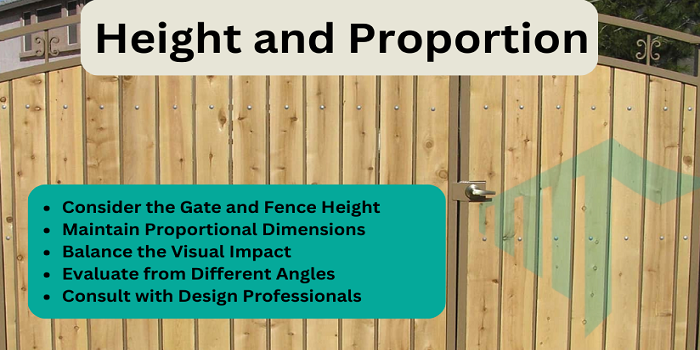
| Point | Explanation |
| Consider the Gate and Fence Height | Ensure that the height of your gate and fence is proportionate to each other. A tall gate paired with a short fence can create a disproportionate look, affecting the visual balance of your outdoor space. |
| Maintain Proportional Dimensions | Besides height, consider the overall dimensions of the gate and fence. A gate that is too wide or narrow compared to the fence can disrupt the flow and symmetry of your property’s design. |
| Balance the Visual Impact | The visual impact of your gate and fence should be harmonious. Avoid extremes where one element dominates the scene, leading to an unbalanced look. |
| Evaluate from Different Angles | Assess the appearance of your gate and fence from various angles, such as from the street, driveway, and garden. This evaluation helps ensure that the height and proportion |
| Consult with Design Professionals | If unsure about achieving the right height and proportion, seek advice from design professionals or landscape architects. They can provide expert guidance on balancing the dimensions of your gate and fence |
Color Coordination
Coordinate the colors of your gate and fence to create a unified appearance. Opt for colors that blend with your garden’s palette or contrast tastefully for a striking effect. Avoid clashing colors that detract from the overall appeal of your outdoor space.
Functional Considerations For Gate And Fence
Besides aesthetics, consider the functionality of your gate and fence. Ensure the gate is wide enough for easy access and suits your security needs. The fence should provide adequate privacy and protection while still allowing airflow and natural light.
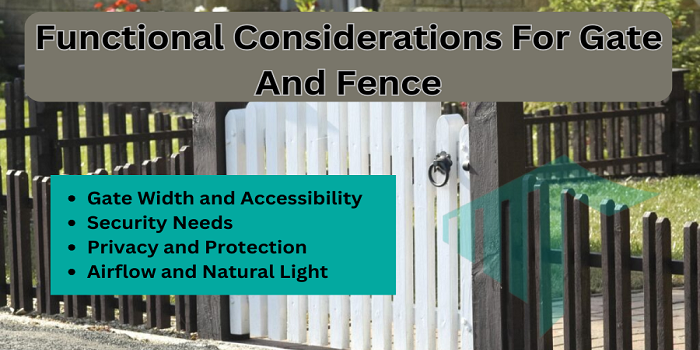
Gate Width and Accessibility: The gate should be wide enough to accommodate easy access for people and vehicles. Consider the size of vehicles that need to pass through, such as cars or garden equipment, to ensure a smooth entry and exit.
Security Needs: Evaluate the security requirements of your property. Choose a gate and fence design that provides the level of security you need, such as sturdy materials, locks, and access control systems if required.
Privacy and Protection: The fence should offer privacy from neighbors or passersby while protecting from intruders. Opt for a height that balances privacy with visibility and choose solid or opaque materials for enhanced privacy.
Airflow and Natural Light: Ensure that the fence design allows for adequate airflow to prevent stagnation and maintain a healthy environment in your outdoor space. Consider using slatted or spaced designs that allow air and light to pass through while maintaining security and privacy.
Conclusion
Matching your garden gate and fence involves a thoughtful approach that combines aesthetics with functionality. By considering your garden style, material compatibility, height and proportion, color coordination, and functional aspects, you can create a harmonious and visually pleasing outdoor space.
Read More What Is the Purpose of a Garden Gate?
FAQs
For a small garden, opt for a gate and fence that don’t overwhelm the space. Choose lighter materials and simpler designs to maintain an open feel.
Yes, mixing materials can create an interesting look. Ensure they complement each other in style and color for a cohesive appearance.
Maintenance varies depending on the materials. Wooden gates and fences may require staining or sealing, while metal gates may need occasional painting to prevent rust.
Yes, you can choose sustainable materials like bamboo for gates and fences. These options are durable and environmentally friendly.


